Waste reduction
Spurred on by the university community, Université Laval is encouraging and supporting a change in culture and behaviour in the aim of achieving zero waste, in accordance with the principles of the circular economy.
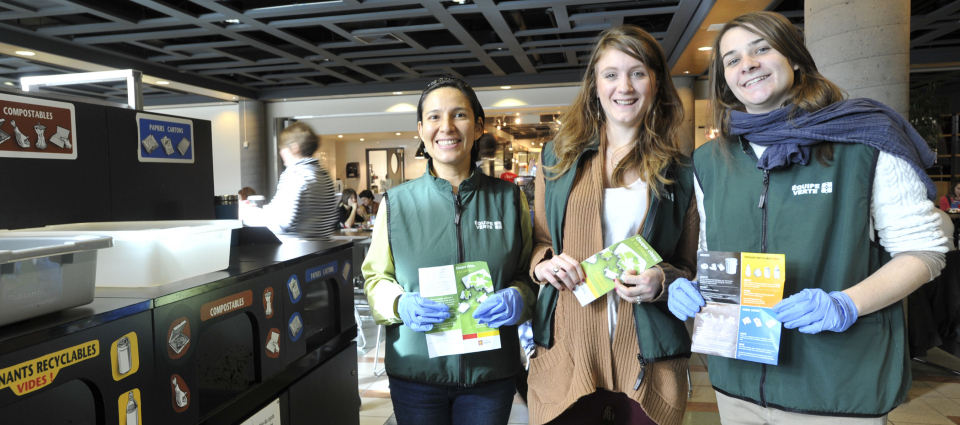
Changing our behaviour one piece of garbage at a time
Université Laval is working with the university community to encourage the development of environmentally responsible behaviour. Together, we’re striving to bring about and support a change in culture with the ultimate aim of achieving zero waste.
For more information or to send us your suggestions, write to info@developpementdurable.ulaval.ca.
- Reduce the quantity of waste generated on campus
- Develop strategies to encourage individual and collective behavioural changes and reduce waste at the source
- Develop the circular economy
Waste materials at the University
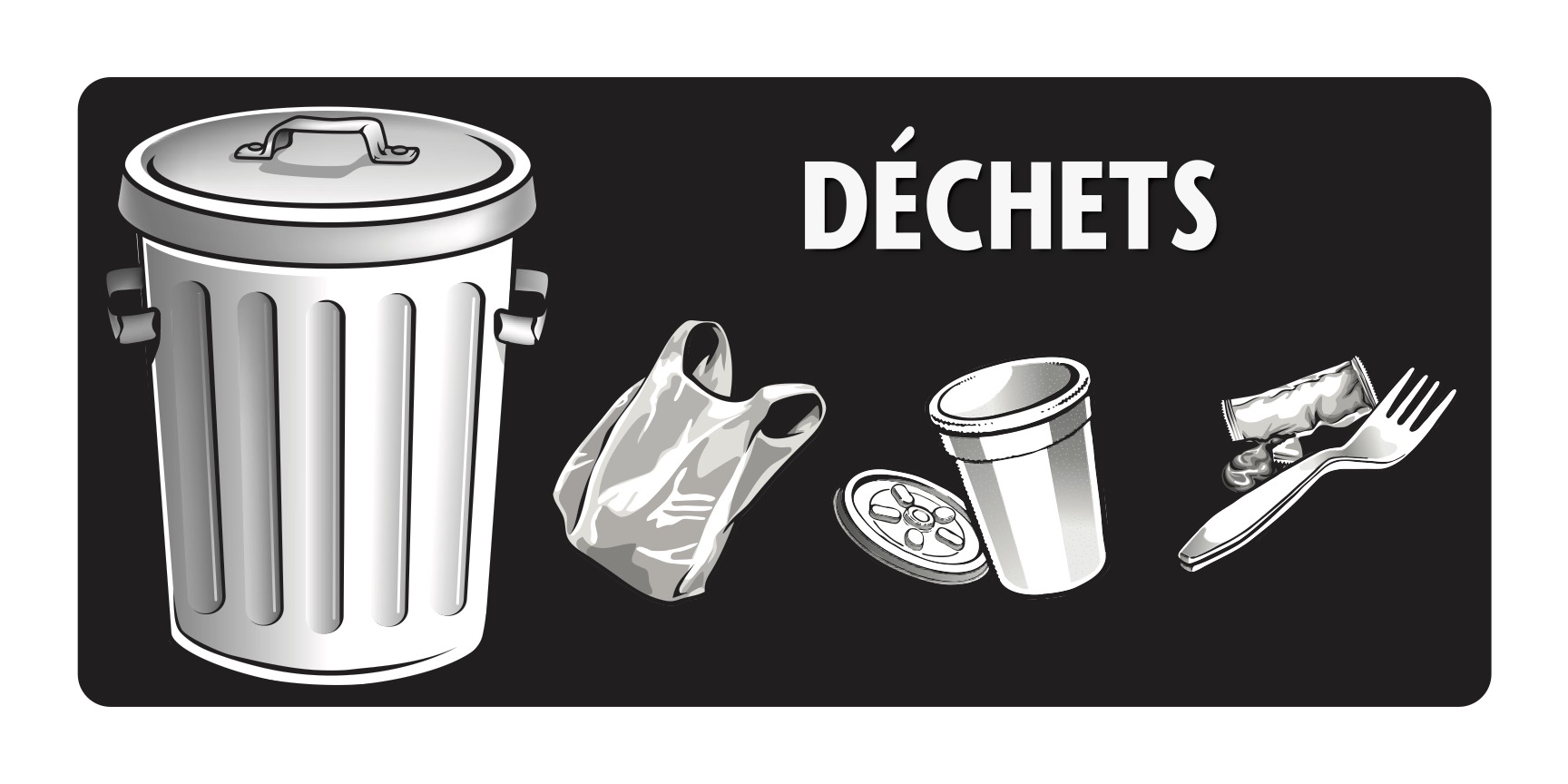
652,600 kg of recoverable and non-recoverable waste
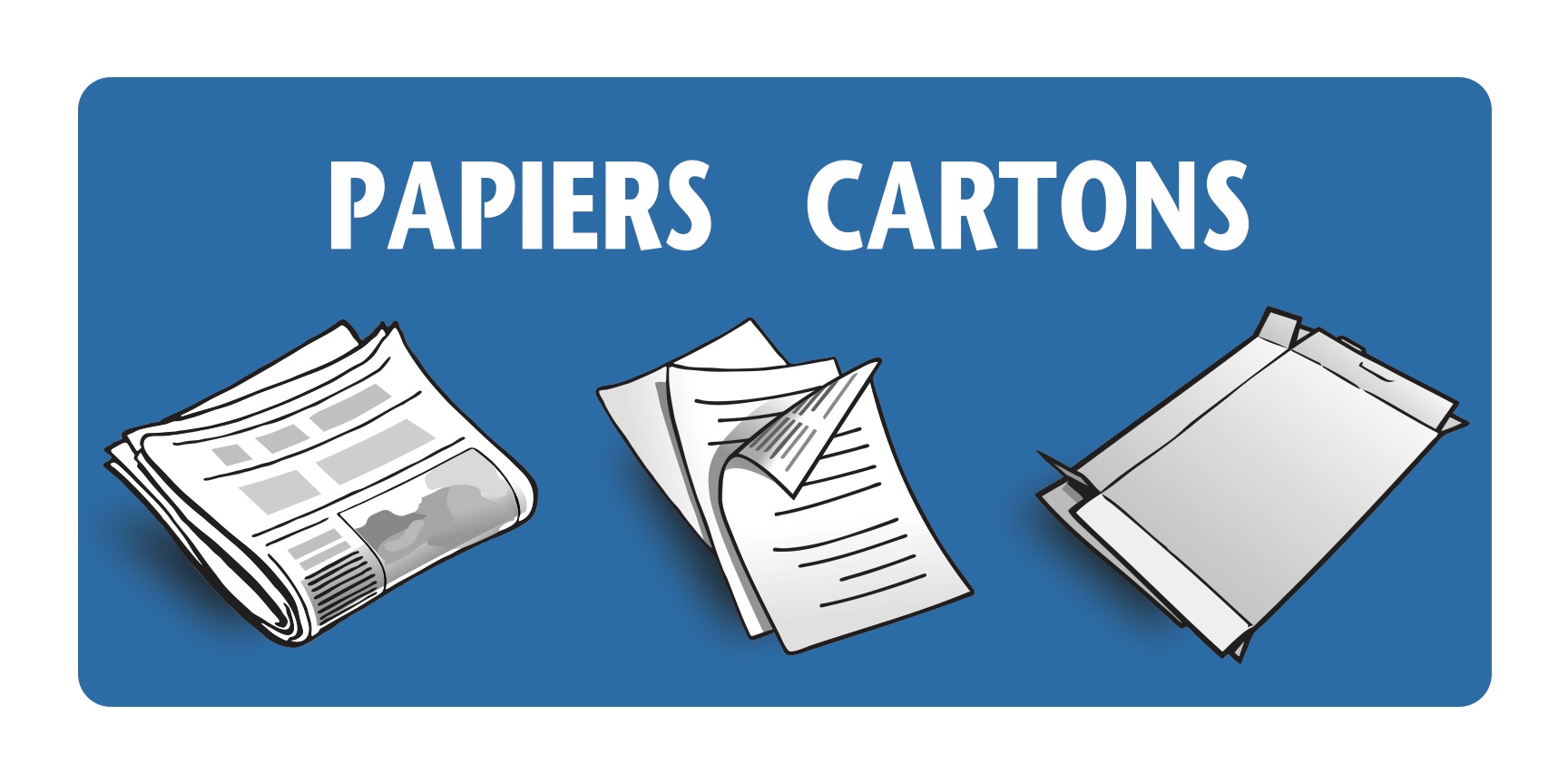
240,550 kg of paper and cardboard recycled
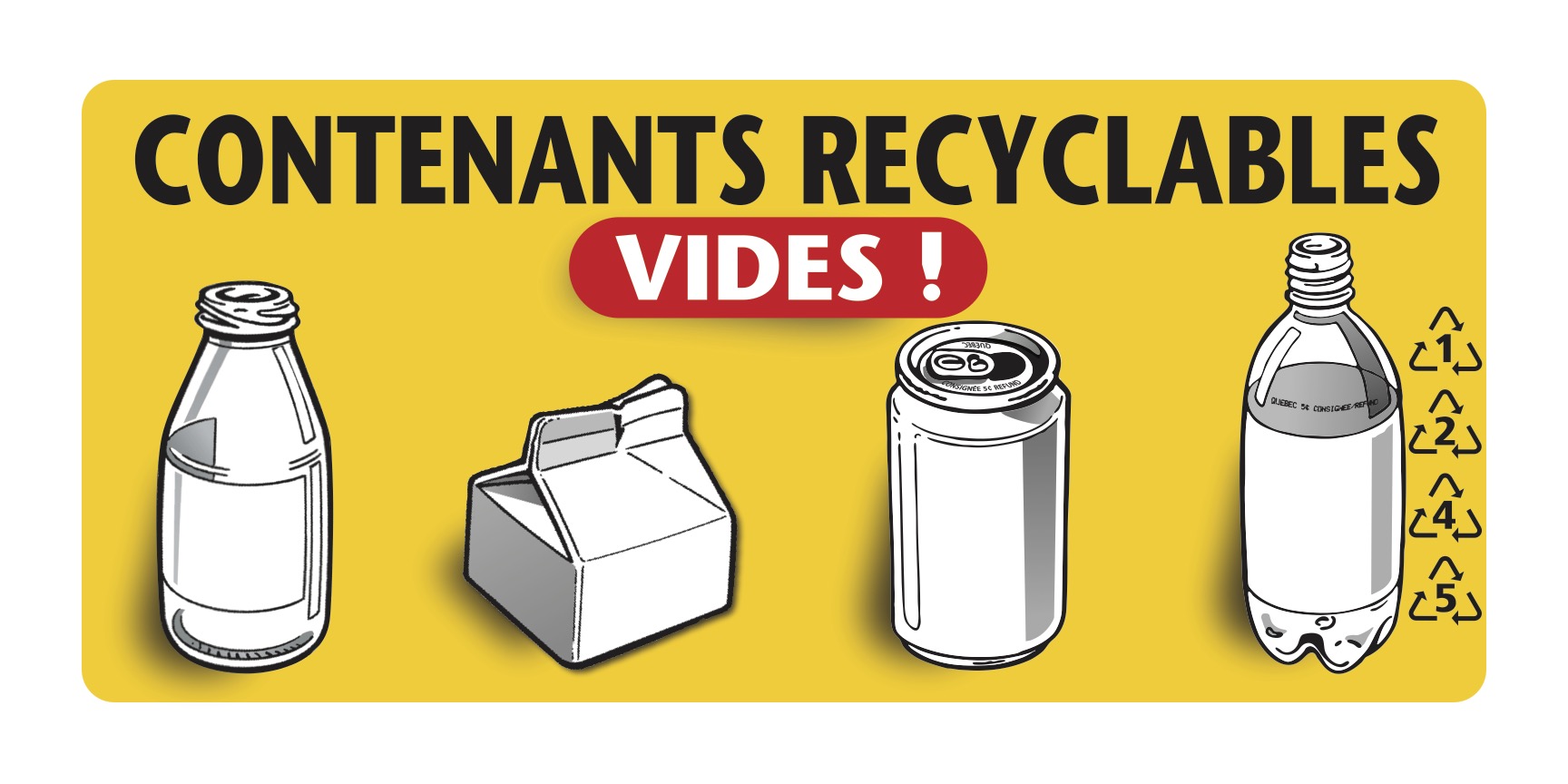
71,590 kg of plastic, glass, metal, and milk and juice cartons recycled
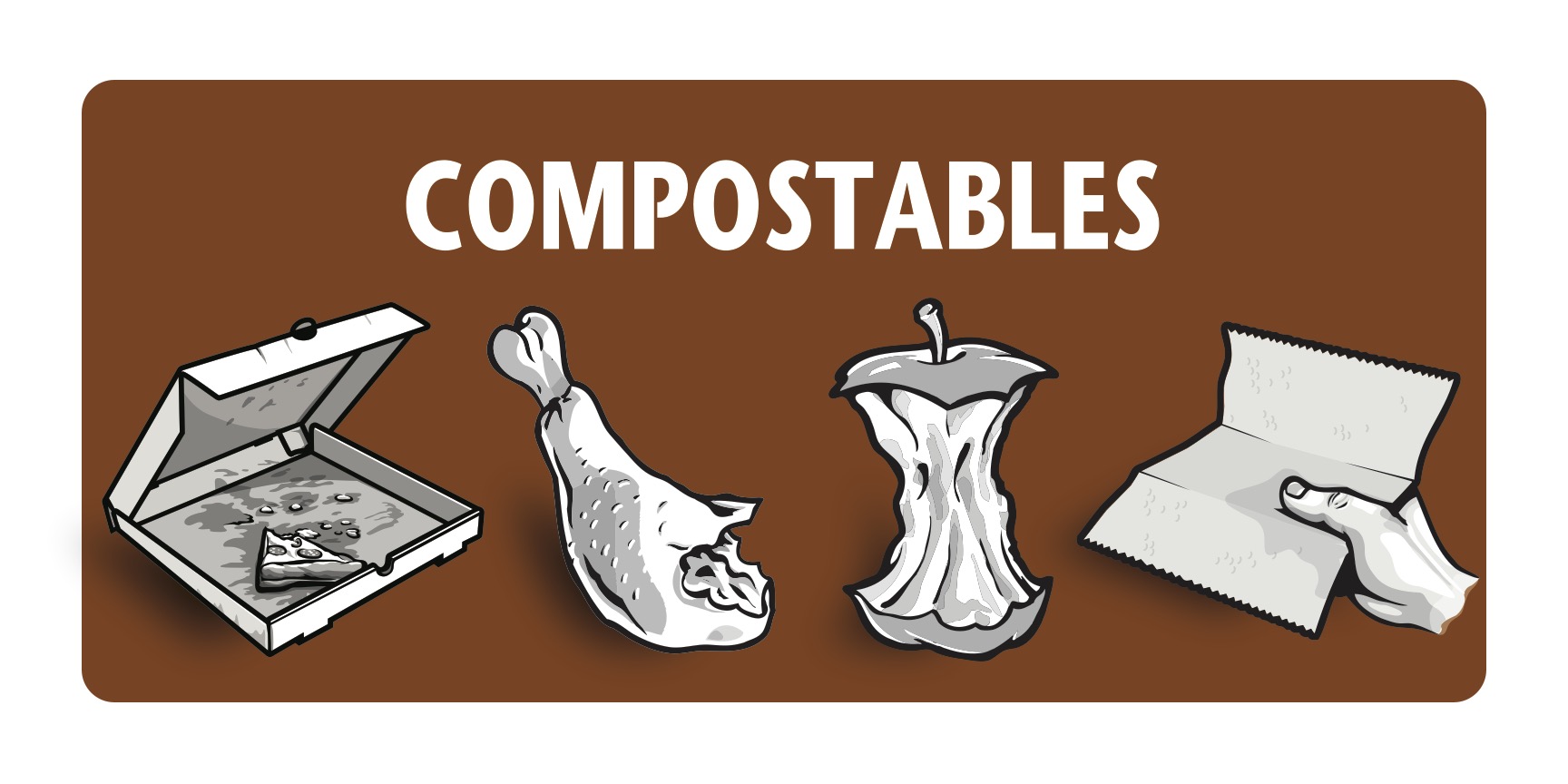
113,500 kg of compostable material
A community effort
In 2022-2023, nearly 1,078,240 kg of waste materials were generated on campus, the equivalent of 27,68 kg per person. Even though the ULaval community has grown, we’ve reduced waste per person by around 31% since 2013–2014 thanks to the initiatives and efforts of one and all.
The University and the ULaval community consider it important to reduce waste production in order to reduce GHG emissions related to the manufacture, use, and destruction of these materials.
What happens after the sorting station?
In order to support members of the ULaval community in their reduction and stewardship efforts, the University has chosen sustainable processes to treat waste materials generated on campus.
- Garbage is sent to the Québec City incinerator. Part of the heat generated by the incineration process is converted into steam to recover energy.
- Compostable materials such as food scraps, paper towels, and plasticized cardboard are sent to the St-Henri-de-Lévis treatment centre to be transformed into compost.
- Recyclable materials go to the Québec City sorting centre. Once sorted, they are sent to resellers who transform them into new products. For example, code 1 plastic bottles are turned into clothing.
Sorting: Looking beyond the bin
ULaval custom sorting stations
The first step to reducing waste is to sort it properly. To this end, the University has set up more than 950 multimaterial recycling stations where everyone can sort their waste materials according to best practices.
The pictograms first created for Université Laval in 1995 are available free of charge and used in many places in Québec.
It all starts at the weigh-in
The University introduced a weighing system in 2009 as part of its commitment to reducing the quantity of waste generated on campus. By tracking and recording data, the University community can more readily determine the kinds of tools and strategies needed to instill and sustain a change in the culture and behaviour of individuals on campus.
The waste collected on campus is weighed three times a year, during the fall, winter, and summer semesters. The trucks for each category of waste material are weighed on arrival and departure.
The challenge of electronics
Numerous electronic devices are used by the members of the ULaval community, and the University is working to facilitate recovery of these items through collaborations.
Under a partnership with the company Électrobacs, more than 30,700 small electronic devices have been recovered at five stations installed on campus, a total of 2,600 kg of waste.
The University is also pleased to collaborate with the organization Atelier signes d’espoir for the recovery of electronic products. The organization provides people with disabilities—particularly the deaf,—an opportunity to work in a setting adapted to their condition. No less than 138,949 kg of electronic equipment has been delivered to the organization to date.
As is the case with electronics, the University is also committed to ensuring proper disposal of materials such as paint, oil, and batteries. Each year, some 10,000 kg of material is recovered and sent to specialized centres.
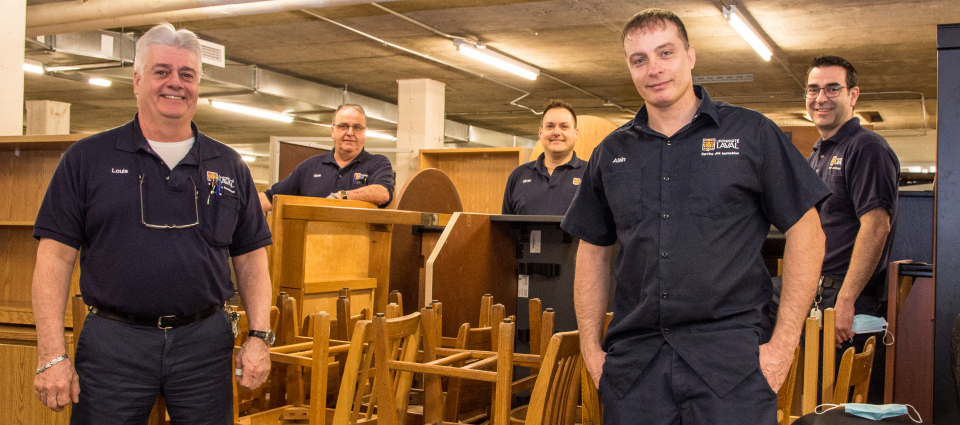
Entrepôt UL
Entrepôt UL is the result of a collaboration between Building Services, Financial Services, and IT Services inaugurated in 2013. This web platform is part of the University’s sustainable procurement and surplus asset management approach. The platform, which is accessible to all Québec City residents, makes used goods such as desks, filing cabinets, electronics, and other items available for sale at low cost.
Woodland cleanup
For the past nine years, members of the university community have gathered every May for a woodland cleanup event. It’s a great way to give everyone a chance to pitch in to clean up the campus grounds. For the last cleanup, 116 people turned out and collected nearly 668 kg of waste materials.
Advisory committee
An advisory committee has been established to foster interdisciplinary and intersectoral collaboration with the university community. Made up of students, professional staff, and teaching faculty, the committee is tasked with suggesting appropriate performance indicators and fair and ambitious targets. The advisory committee helps develop, monitor, and update the action plan for its area of activity.
Guylaine Bernard
Responsible of the Waste reduction axis
Environmental and Sustainable Development Operations Coordinator
Building Services
Henri Assogba
Associate professor and researcher at CIRAM
Information and Communication Department
Faculty of Arts and Humanities
Valériane Champagne St-Arnaud
Assistant professor
Marketing Department
Faculty of Business and Administration
Joan Dugas
Head of Administrative Management and Development
Management and performance
Building Services
Rosa Galvez
Tenured professor
Department of Civil and Water Engineering
Faculty of Science and Engineering
Audrey Guillemette-Lacasse
DESS student in public relations
Information and Communication Department
Faculty of Arts and Humanities
Amal Hmaissia
PhD Student
Department of Chemical Engineering
Faculty of Science and Engineering
Céline Vaneeckhaute
Assistant professor
Department of Chemical Engineering
Faculty of Science and Engineering
Stéphanie Vézina
Operations Coordinator
Office of the Vice Rector, External and International Affairs and Health